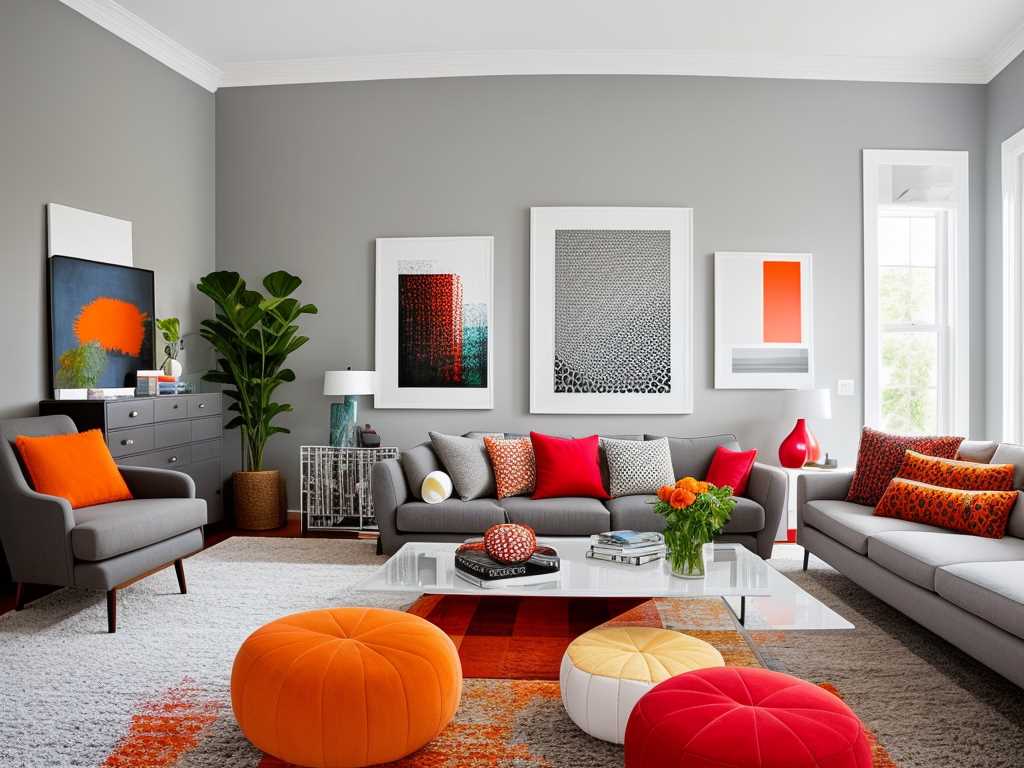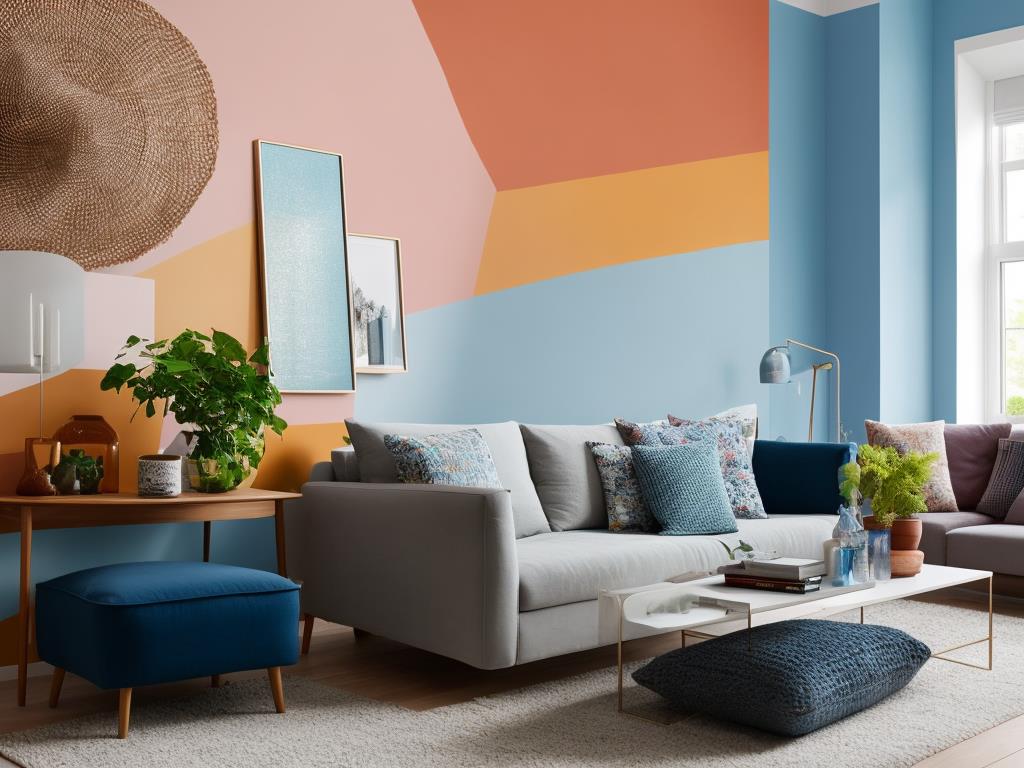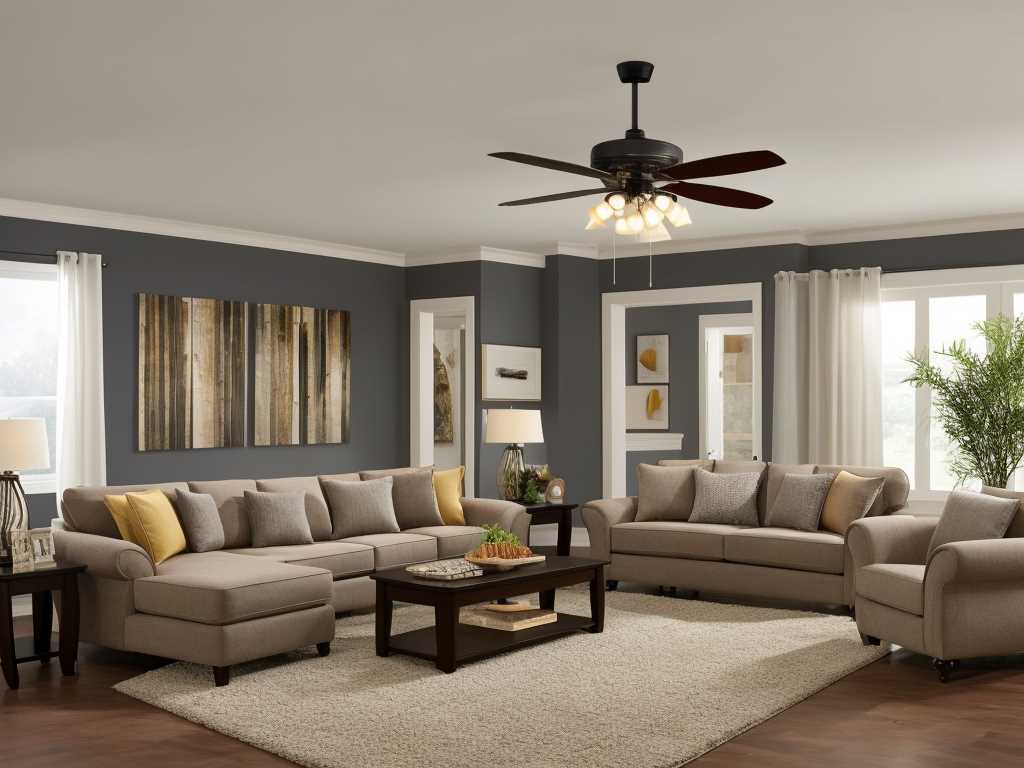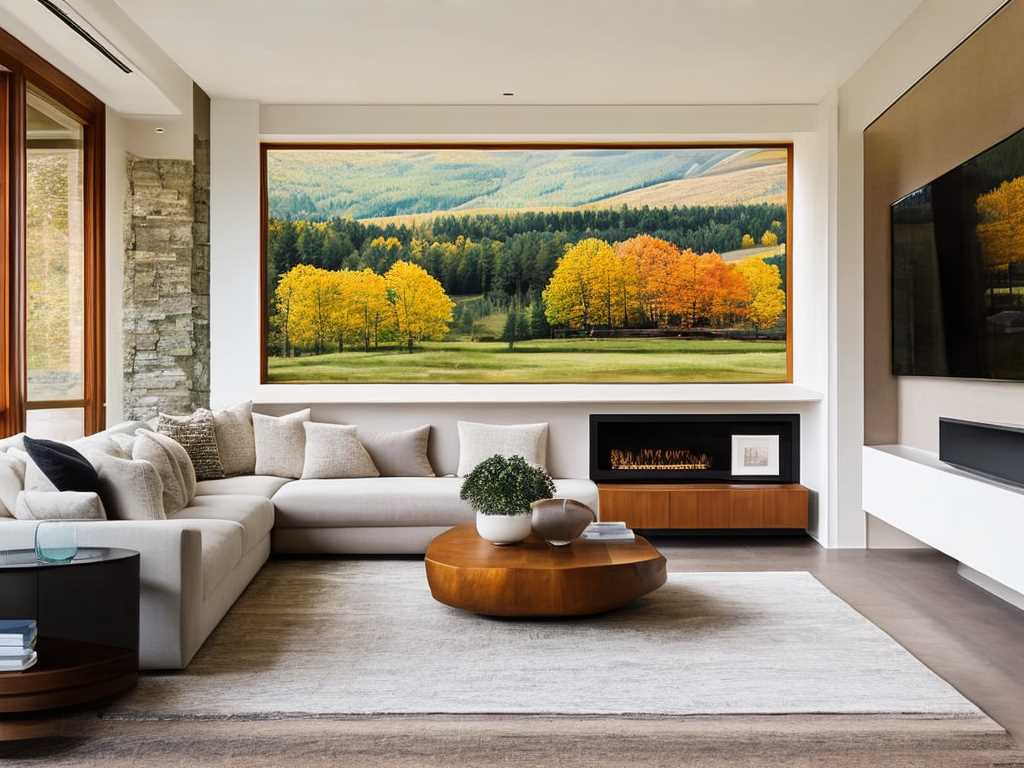
The living room is arguably one of the most important spaces within the home. It is the place where families come together to relax, entertain guests, and spend quality time with one another. However, the size of a living room can vary greatly depending on a variety of factors. In this article, we will explore the different factors that influence the size of a living room and what can be considered an average size.
One of the most obvious factors that influence the size of a living room is the size of the house. Larger houses tend to have larger living rooms, while smaller houses have smaller living rooms. This is because the living room is often designed to be the central gathering space within the house, and the size of the house typically dictates how much space can be allocated to it.
Another factor that can influence the size of a living room is the architectural style of the house. For example, a traditional colonial-style house may have a larger living room than a modern-style house, which may prioritize open-plan living spaces. Similarly, the layout of the house can also play a role in determining the size of the living room. For instance, a house with a more traditional layout may have a separate living room and dining room, while a more open-plan layout may have a combined living and dining space.

The function of the living room can also impact its size. A living room that is primarily used for entertaining guests may need to be larger than a living room that is only used for family gatherings. Additionally, the type of furniture that is used in the living room can also affect its size. For example, larger sofas and armchairs may require more space than smaller ones, and a larger coffee table may take up more room than a smaller one.
When it comes to determining what can be considered an average size for a living room, there is no one-size-fits-all answer. However, according to home design experts, the average size of a living room in the United States is approximately 330 square feet. Of course, this can vary depending on the factors mentioned above, as well as regional differences in home design and construction.
However, it is important to note that the size of a living room does not necessarily dictate its functionality or design. In fact, smaller living rooms can often be more cozy and intimate, while larger living rooms can feel more spacious and grand. Ultimately, the size of a living room should be determined based on its intended use and the needs of the homeowner.
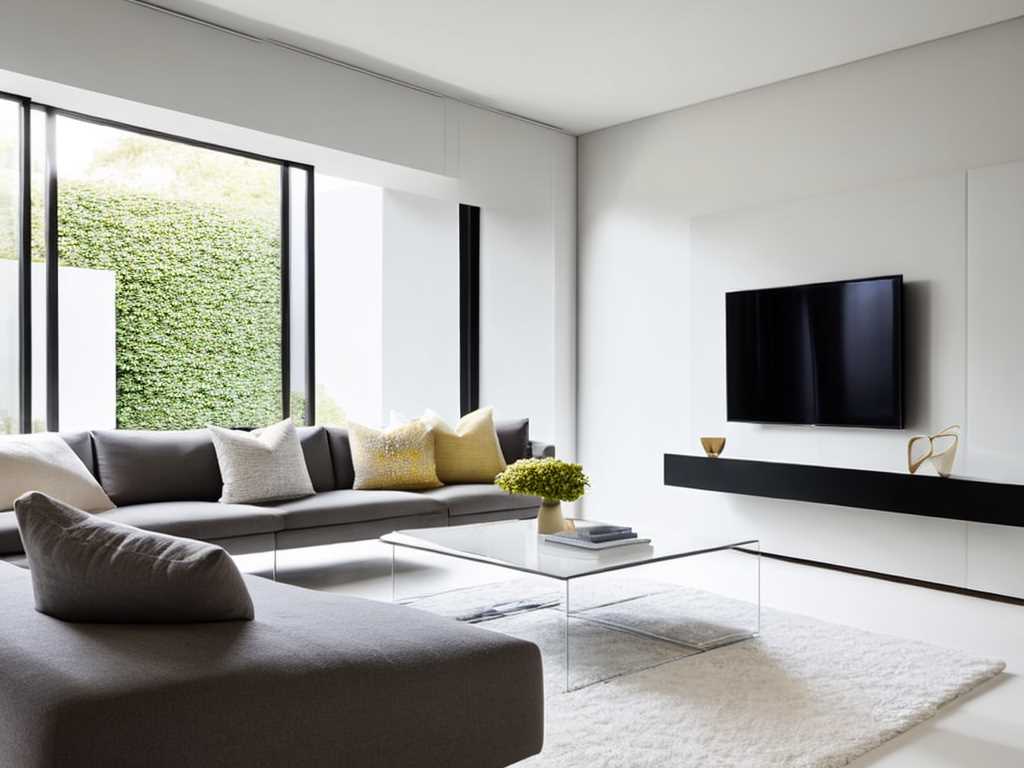
There are a few tricks that can be used to make a smaller living room feel larger, or to make a larger living room feel more cozy. For example, using lighter colors on the walls and ceilings can help to visually expand the space, while adding mirrors can reflect light and make the room feel brighter and more open. Additionally, using furniture that is appropriately sized for the space can help to create a sense of balance and proportion.
In terms of furniture placement, it is important to consider the flow of the room and how people will move through it. For example, placing the sofa against a wall can help to create more open space in the center of the room, while placing it in the middle of the room can create a more intimate seating area. Similarly, arranging furniture in a circular or semi-circular shape can create a sense of flow and movement within the space.
Another important consideration when it comes to designing a living room is the lighting. Proper lighting can help to create a warm and inviting atmosphere, especially in the evening or on cloudy days. Using a combination of overhead lighting, table lamps, and floor lamps can help to create a layered lighting scheme that can be adjusted based on the mood or activity in the room.

Ultimately, the size of a living room is just one of many factors that should be considered when designing a space that is functional, comfortable, and visually appealing. By taking into account the factors mentioned above, as well as personal preferences and needs, homeowners can create a living room that is perfectly suited to their lifestyle and their home.
